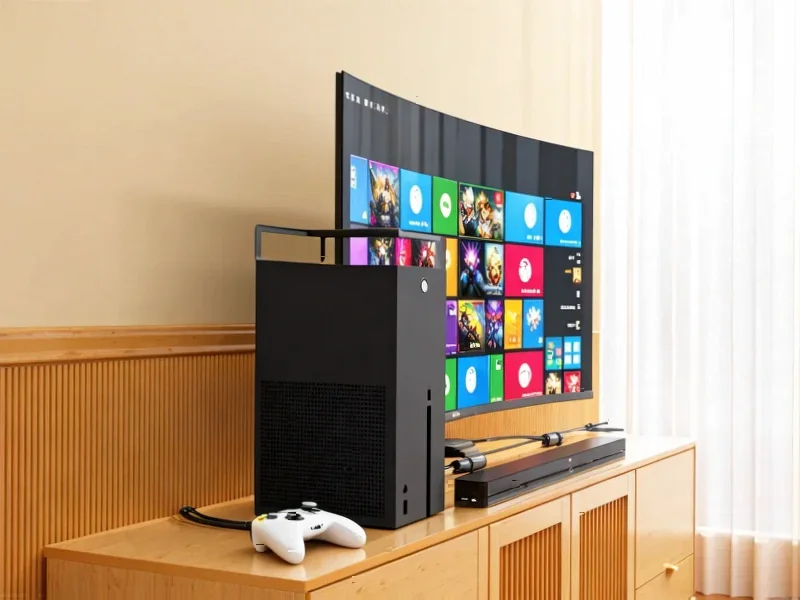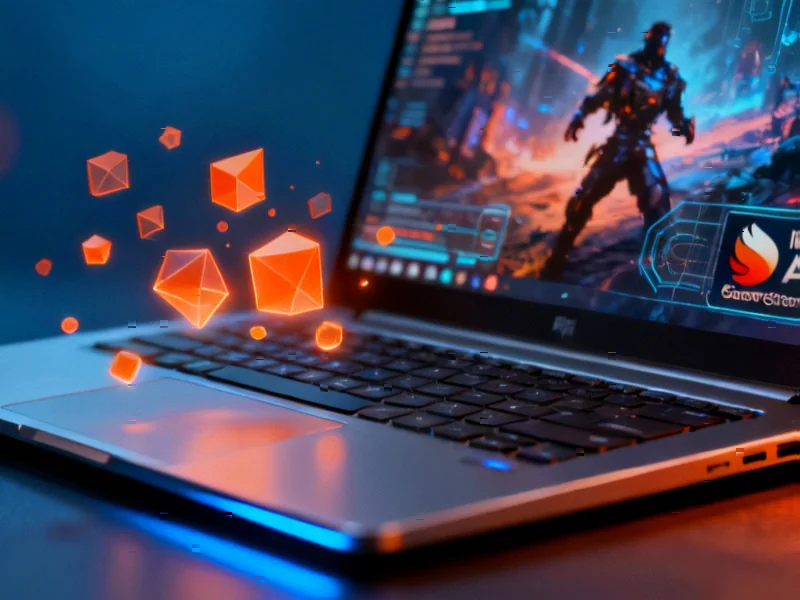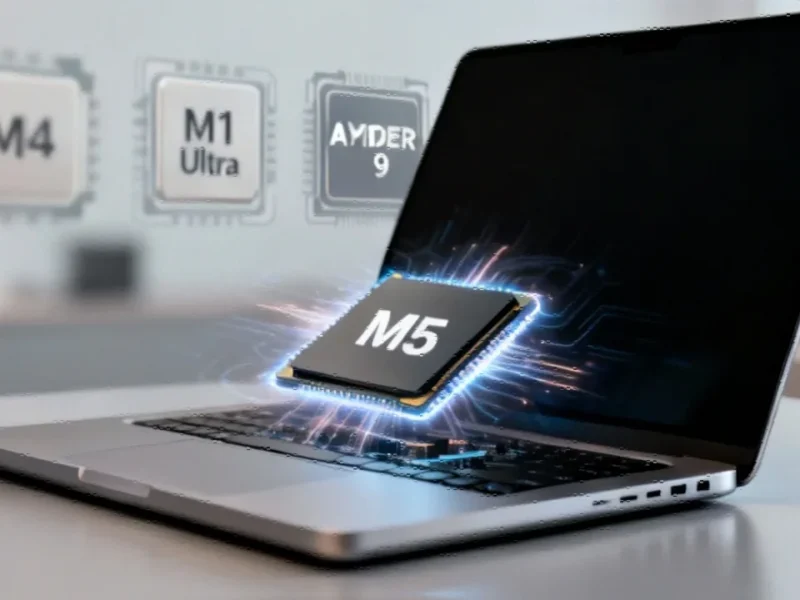According to XDA-Developers, Microsoft has developed a new Xbox gaming mode for Windows 11 that provides a full-screen, controller-optimized interface similar to console experiences. The feature is officially exclusive to newer handheld devices like the Asus ROG Ally but has been successfully enabled on older gaming handhelds and laptops through technical workarounds. Enabling the mode requires using ViveTool to activate specific feature IDs (52580392 and 50902630), modifying registry settings to set DeviceForm to 2e hexadecimal, and using Physpanel to trick Windows into detecting a smaller screen size. The experience integrates games from multiple stores including Steam and Epic Games Store while providing an Xbox-style overlay accessible via controller. Despite some bugs like occasional black screens and controller compatibility issues, the implementation represents a significant improvement for controller-based PC gaming.
Table of Contents
Microsoft’s Platform Control vs. User Demand
Microsoft’s decision to limit this gaming mode to specific hardware reveals the company’s ongoing struggle between platform control and user experience. By restricting the feature to handheld devices, Microsoft maintains tighter control over the user experience and avoids supporting potentially problematic configurations. However, this approach ignores the growing demand for desktop and laptop users who want to use their PCs as living room gaming machines. The fact that enthusiasts can successfully enable the feature on standard hardware suggests Microsoft’s artificial limitations are more about market segmentation than technical constraints.
The Technical Reality Behind the Hack
The complex process required to enable this gaming mode highlights fundamental issues with Windows 11‘s architecture. Requiring users to modify registry settings, use third-party tools like ViveTool, and employ screen-size spoofing with Physpanel demonstrates how Windows still struggles with adaptive user interfaces. This isn’t merely about enabling features—it’s about overcoming deeply embedded system checks that assume specific hardware configurations. The need for these workarounds suggests Microsoft’s development teams operate in silos, with gaming features developed separately from core system architecture.
The Untapped Living Room Market
Microsoft is missing a significant opportunity to compete with dedicated gaming consoles and streaming devices. A properly implemented gaming mode could position Windows PCs as the ultimate living room entertainment systems, combining traditional PC gaming with streaming services and media applications. The current fragmented approach—where users must choose between Windows’ flexibility and consoles’ simplicity—leaves a gap that this gaming mode could fill. With Xbox hardware sales trailing behind competitors, Microsoft could leverage its Windows install base to create the largest gaming platform ecosystem.
The Road to Official Release
If Microsoft decides to release this feature broadly, several challenges await. Controller compatibility remains a significant hurdle—the current reliance on Xbox button functionality creates problems for users with third-party controllers. The integration with multiple game stores, while impressive, needs refinement to handle game detection and updates seamlessly. Performance optimization is another concern; while the XDA testing showed no performance impact, Microsoft would need to ensure the gaming mode doesn’t introduce overhead that affects gaming performance, especially on lower-end hardware.
Changing the PC Gaming Landscape
The emergence of dedicated gaming handhelds running Windows has forced Microsoft to reconsider its gaming strategy. Companies like Valve with Steam Deck have demonstrated the demand for console-like experiences on portable hardware, and Microsoft risks being left behind if it doesn’t adapt. A universal gaming mode could benefit all Windows gaming devices while creating a consistent experience across form factors. This approach would align with Microsoft’s broader strategy of creating cohesive ecosystems across devices, similar to what Apple has achieved with its product lineup.
What’s Next for Windows Gaming
The enthusiastic response to this unreleased feature suggests strong market demand for simplified PC gaming interfaces. Microsoft faces a critical decision: continue with hardware-specific features or embrace a more inclusive approach that benefits all Windows users. Given the complexity of the current workarounds and the positive user feedback, Microsoft would be wise to accelerate development of an official release. The company could position this as a key feature of Windows 12 or a major Windows 11 update, potentially revitalizing Microsoft’s position in the gaming market while creating new opportunities for PC manufacturers and game developers alike.



